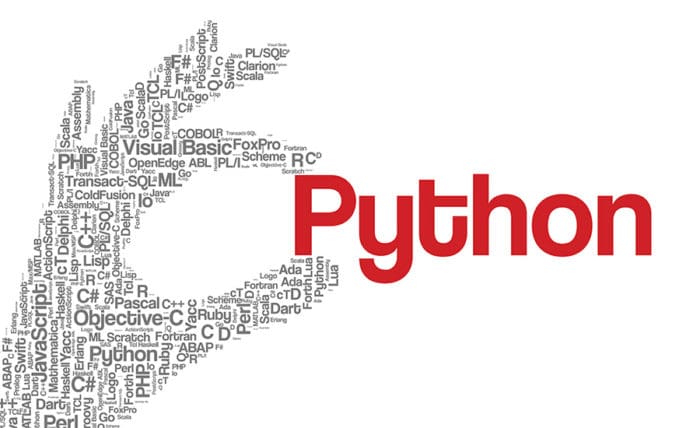See Part I and Part II for an overview.
Benefits and Drawbacks of Python in Algorithmic Trading
Let us list down a few benefits of Python first.
- Parallelization and huge computational power of Python give scalability to the trading portfolio.
- Python makes it easier to write and evaluate algo trading structures because of its functional programming approach. Python code can be easily extended to dynamic algorithms for trading.
- Python can be used to develop some great trading platforms whereas using C or C++ is a hassle and time-consuming job.
- Trading using Python is an ideal choice for people who want to become pioneers with dynamic algo trading platforms.
- For individuals new to algorithmic trading, the Python code is easily readable and accessible.
- It is comparatively easier to fix new modules to Python language and make it expansive in trading.
- The existing modules also make it easier for algo traders to share functionality amongst different programs by decomposing them into individual modules which can be applied to various trading architectures.
- When using Python for trading it requires fewer lines of code due to the availability of extensive Python libraries.
- Python makes coding comparatively easier in trading. Quant traders can skip various steps which other languages like C or C++ might require.
- This also brings down the overall cost of maintaining the trading system.
- With a wide range of scientific libraries in Python, algorithmic traders can perform any kind of data analysis at an execution speed that is comparable to compiled languages like C++.
Just like every coin has two faces, there are some drawbacks of using Python for trading.
In Python, every variable is considered as an object, so every variable will store unnecessary information like size, value and reference pointer. When storing millions of variables if memory management is not done effectively, it could lead to memory leaks and performance bottlenecks.
However, for someone who is starting out in the field of programming, the pros of using Python for trading exceed the drawbacks making it a supreme choice of programming language for algorithmic trading platforms.
Stay tuned for the next installment in which Viraj Bhagat will present a comparison “Python vs. C++ vs. R“.
Visit QuantInsti to learn more about Python https://blog.quantinsti.com/python-trading/.
Disclosure: Interactive Brokers Third Party
Information posted on IBKR Campus that is provided by third-parties does NOT constitute a recommendation that you should contract for the services of that third party. Third-party participants who contribute to IBKR Campus are independent of Interactive Brokers and Interactive Brokers does not make any representations or warranties concerning the services offered, their past or future performance, or the accuracy of the information provided by the third party. Past performance is no guarantee of future results.
This material is from QuantInsti and is being posted with its permission. The views expressed in this material are solely those of the author and/or QuantInsti and Interactive Brokers is not endorsing or recommending any investment or trading discussed in the material. This material is not and should not be construed as an offer to buy or sell any security. It should not be construed as research or investment advice or a recommendation to buy, sell or hold any security or commodity. This material does not and is not intended to take into account the particular financial conditions, investment objectives or requirements of individual customers. Before acting on this material, you should consider whether it is suitable for your particular circumstances and, as necessary, seek professional advice.














Join The Conversation
For specific platform feedback and suggestions, please submit it directly to our team using these instructions.
If you have an account-specific question or concern, please reach out to Client Services.
We encourage you to look through our FAQs before posting. Your question may already be covered!